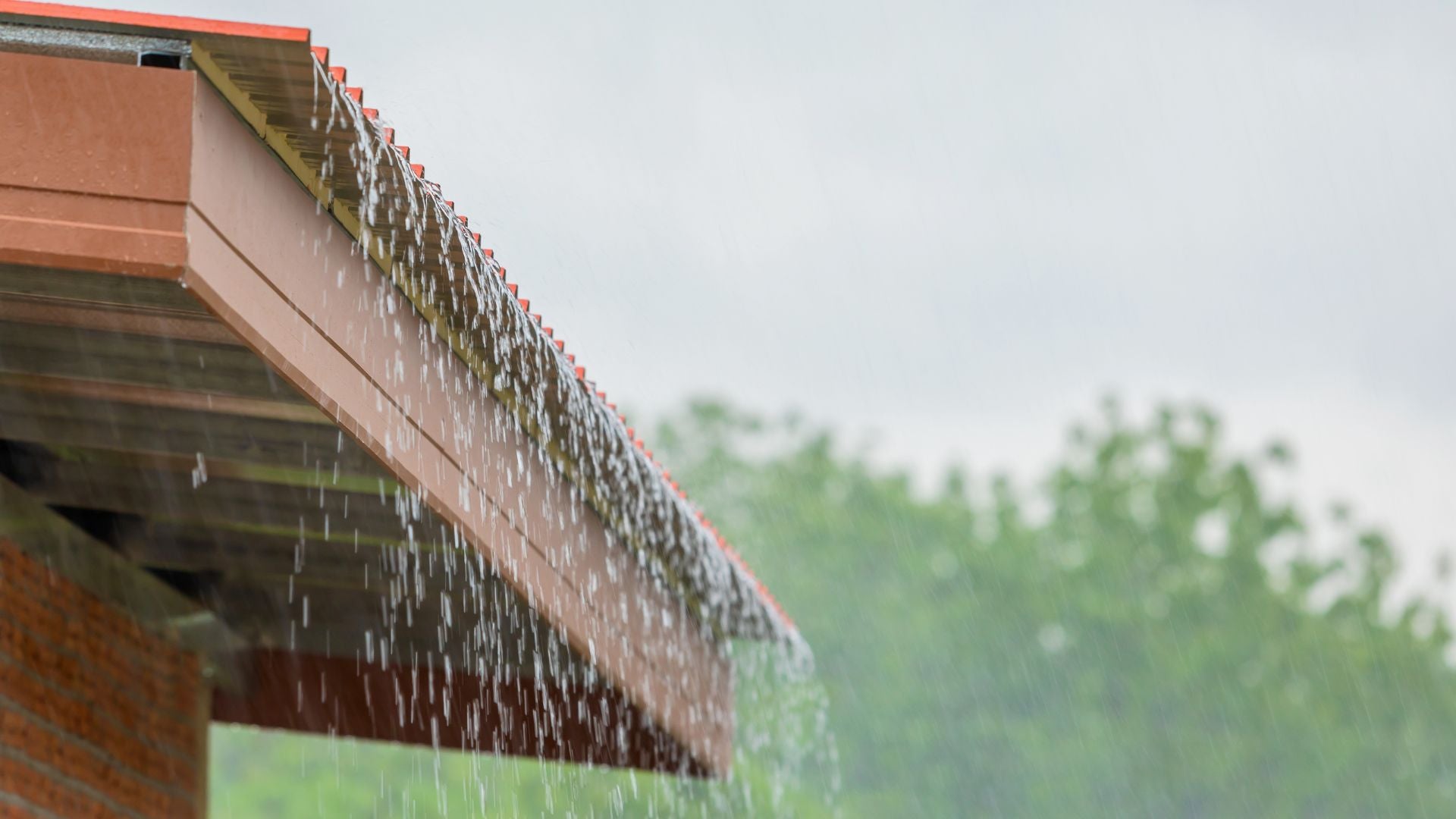
A well-built garden shed can provide invaluable storage space and protection for your tools, equipment, and other valuables. However, without proper weatherproofing, your shed can easily succumb to the elements. Moisture, drafts, pests, and temperature fluctuations can quickly lead to deterioration, mould, rust, and damage to the shed's contents.
Fortunately, there are several straightforward, affordable steps you can take to shield your shed from the hazards of weather and extend its lifetime. In this guide, we'll walk through the key principles and DIY techniques for effective shed weatherproofing using sealants, vents, storage solutions, and routine maintenance. Follow these tips, and you'll be able to rely on your sturdy, leak-free shed as a safe haven for your prized possessions through all seasons.
Why Shed Weatherproofing is Crucial in Australia
Australia's variable climate and extreme weather make it especially important to weatherproof garden sheds. The frequent temperature fluctuations, heavy rainfall, searing sun, and cyclonic winds can rapidly deteriorate exposed structures.
Moisture is one of the biggest threats to sheds in Australia. The high humidity and annual rainy seasons leave untreated sheds vulnerable to leaks, wood rot, rust, and mould growth. Proper sealing and ventilation helps curb moisture damage.
Sweltering summers also take a toll on sheds. Roof vents and circulation prevent excessive heat buildup indoors. UV-resistant sealants and coatings help minimise sun damage.
High winds during storms or cyclones can rip off loose roofing panels or shingles if the structure is not reinforced. Sturdy construction and secure fasteners are a must.
Rodents and termites are also problematic in Australia. Any gaps or cracks left unsealed provide an open invitation for these unwanted pests to move in and cause damage.
Taking steps to weatherproof pays off by extending the lifespan of sheds and protecting valued contents. In Australia's tough climate, weatherproofing is not just recommended - it's required to keep sheds secure and possessions safe from the elements.

Seal Gaps and Cracks to Prevent Leaks
One of the most important weatherproofing steps is sealing any gaps, cracks, or openings that allow air, water, and pests to enter your shed. Carefully inspect the interior and exterior of your shed and identify potential problem areas that need sealing:
-
Around doors and windows - Door and window frames often warp slightly over time, creating small gaps where water can seep in. Seal these with high-quality silicone or acrylic latex caulk.
-
Joints and seams - Look along wall joints, corners, and the junction where the walls meet the roof and floor. Seal any splits or cracks with caulk.
-
Entry points for utilities - Seal openings for electrical, plumbing, or other utilities with silicone sealant and foam backer rod.
-
Underside of shed - Use expanding spray foam to fill any cracks underneath the base of the shed. This prevents moisture from seeping up from the ground.
- Rust spots or wood rot - Patch any holes or deteriorated areas using flexible sealants made for metal or wood repair.
Take your time applying the sealants for a smooth, consistent seal. Allow proper curing time before exposing sealants to the elements. Inspect and reapply sealants annually prior to the wet season for maximum effectiveness. Proper sealing can significantly improve your shed's water resistance while preventing pesky critters from sneaking inside.
Install Vents for Air Circulation
While sealing the shed is crucial for keeping water out, proper air ventilation is equally important to control moisture inside. Stagnant, humid air can lead to mould, mildew, and rapid deterioration of shed materials. Installing vents allows for fresh airflow to keep contents dry.
Roof vents are one of the most effective types of vents for sheds. A roof vent fan draws hot, moist air up and out of the shed while bringing in cool, dry air. Locate the vent near the roof ridge to ventilate the highest and warmest air. Gable end vents can also be installed on the upper portion of side walls.
For additional circulation, add intake and exhaust vents on opposite shed walls. Place intake vents closer to ground level and exhaust vents near the roof. This facilitates continuous airflow. Make sure vents are covered with corrosion-resistant mesh to prevent pest entry.
Proper ventilation inhibits moisture accumulation and condensation within the shed. It also helps regulate interior temperatures, preventing extremes that could damage contents. With the right vents installed, your shed's interior environment will be cool, dry, and comfortable.

Add Sturdy Shelving
Installing heavy-duty shelving and storage solutions in your shed keeps items organised while protecting them from moisture. Choose materials designed to handle the shed environment's demands.
Metal shelving with painted or galvanised steel construction offers superior durability and water resistance. For a lighter option, plastic resin shelves are também mould-resistant. Like pressure-treated lumber também, waterproof wood shelving works well for occasional dampness.
Mount shelves along walls, allowing adequate clearance underneath for air circulation. For freestanding units, choose wide shelving fitted with levelling feet or casters for stability.
Organise shelves and bins by item type or frequency of use. Place infrequently accessed items on higher shelves while keeping essentials within easy reach. Store any liquids or chemicals on the lowest levels to prevent leaks from damaging other items.
Maximise vertical space by installing racks, hooks, and wall cabinets for hanging tools. Floor space can be used for larger equipment and containers. Adequate, organised storage helps you keep track of shed contents and access items when needed.
Maintain Your Shed with Proper Care
To keep your weatherproofing measures effective, perform regular maintenance and cleaning of the shed:
-
Check sealants and reapply as needed before the wet season. Look for any new gaps or cracks.
-
Clear debris from vents and roof. Ensure vents are not obstructed so air can flow freely.
-
Inspect metal components for rust. Sand and touch up with metal paint as required.
-
Wash siding and roof with mild detergent and water to remove grime and mildew.
-
Clean and organise interior periodically to prevent moisture damage from clutter.
-
Check for signs of pests and address any evidence immediately.
- Consider reapplying water repellent coatings annually.
With routine care and repair, your weatherproofing efforts will provide maximum protection year after year. Proper maintenance safeguards your investment and keeps the shed interior clean and dry no matter the weather. Implement a seasonal checklist to stay proactive with care and enjoy lasting performance from your shed.

Guard Your Shed from the Elements with Garden Depot
Keeping your garden shed properly weatherproofed is easy and affordable with the right solutions like sealants, vents, storage, and regular maintenance. Follow the tips in this guide and you can rely on your shed as the ideal year-round haven for all your valuables. Enjoy leak-free storage and peace of mind knowing your tools and equipment are protected from the elements.
For all the top-quality weatherproofing essentials for sheds and other outdoor structures, look no further than Garden Depot. Our range of sheds, sturdy shelving, storage solutions and other accessories are specially designed to stand up to the harsh Australian climate. Visit our website or call our experts today to have your weatherproofing questions answered and find the perfect products to shield your shed this season. Shop online now to get your shed weatherproofing project underway!

